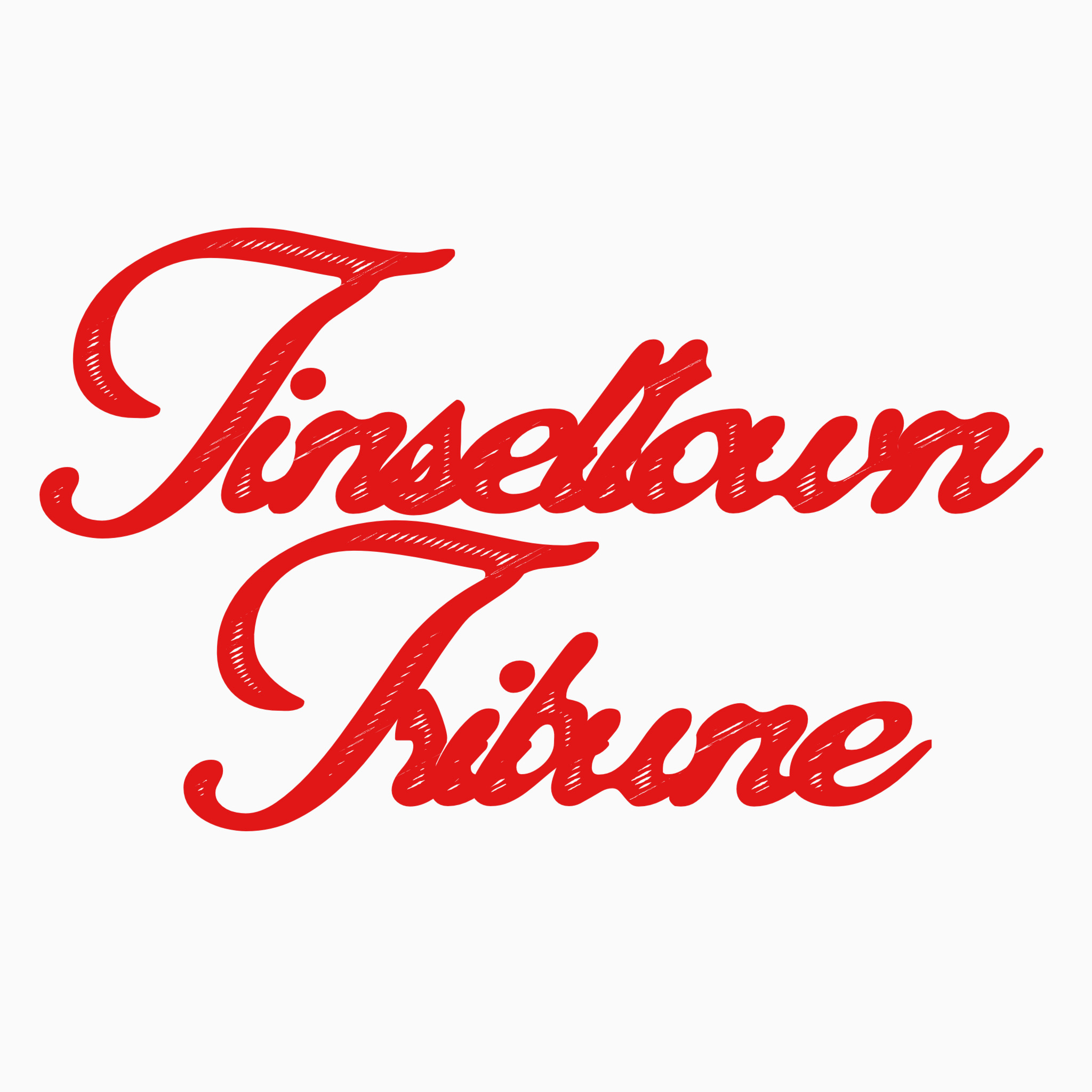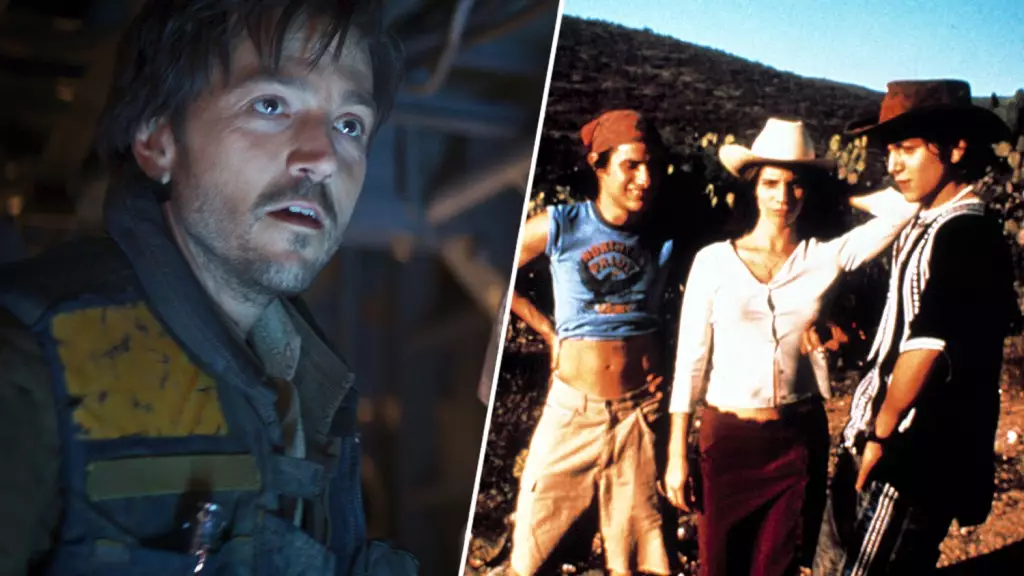In an unexpected twist of cinematic fate, the vision of acclaimed director Alfonso Cuarón, known for his nuanced storytelling in films like *Y Tu Mamá También*, has found resonance within the expansive universe of Star Wars. Diego Luna, who played Cassian Andor in *Rogue One: A Star Wars Story*, recalls how Cuarón’s artistic style shaped the direction of this beloved franchise. What is particularly fascinating is how Cuarón’s emphatic connection to realism and character depth has sparked a desire for authenticity in one of Hollywood’s most iconic sci-fi narratives.
When director Gareth Edwards approached Luna with a bold vision for *Rogue One*, he drew parallels to Cuarón’s famed work from 2001, emphasizing an intent to infuse the traditional Star Wars framework with a sense of hyperrealism. Luna’s enthusiasm for the concept was palpable; he was not merely stepping into a role, but rather joining an artistic movement that prioritized character dynamics and improvised storytelling. This willingness to overhaul established norms demonstrates a profound transformation within the Star Wars franchise itself, suggesting that the future might lie in narratives that feel more genuine and less scripted.
From Jedi Dreams to Dark Directions
Luna’s journey from childhood enthusiasm for the Star Wars saga to becoming a central figure in its modern narrative arc is particularly telling. His experiences growing up, engaged in mock battles with childhood friends—possibly showcasing a playful affinity for the “dark side”—not only served as a nostalgic backdrop but informed his approach to embodying Cassian Andor. It’s no trivial detail that Luna was drawn to complexity and moral ambiguity within these fantastical narratives; it hints at a broader, emerging trend in storytelling, where heroes are far from perfect and often reflect real human struggles.
This is precisely where Luna’s collaboration with Edwards becomes significant. By advocating for improvisation and a naturalistic tone, they are redefining what Star Wars can embody. The traditional depiction of good versus evil is being replaced with nuanced portrayals of characters navigating moral dilemmas. It’s a notable departure from the high-drama, epic battles that dominate the franchise, steering toward a cinematic experience akin to a documentary—intimate, insightful, and layered.
Documentary Realism: The New Frontier
The handheld camera work that characterized *Y Tu Mamá También* has not just remained in the archives of acclaimed film but has seeped into the presented styles of contemporary franchises. Luna’s reflection on the strategic choice to incorporate this approach highlights a burgeoning acceptance of diverse storytelling methods within established genres. This shift speaks volumes—directors are daring to blend the epic nature of space operas with grounded realism, enriching the viewers’ experience.
With the upcoming release of Season 2 of the *Andor* series on Disney+, the anticipation surrounding Luna’s return in the titular role underscores this revolution in the Star Wars narrative. Academics and fans alike will likely scrutinize the texts for underlying themes of realism and authenticity. Perhaps, Cuarón’s prior work is not merely an artistic influence, but a foundational pillar on which renewed Star Wars narratives can justifiably stand. As we witness this transformation in storytelling unfold, it invites an exhilarating exploration of what it means to live within a galaxy far, far away.

